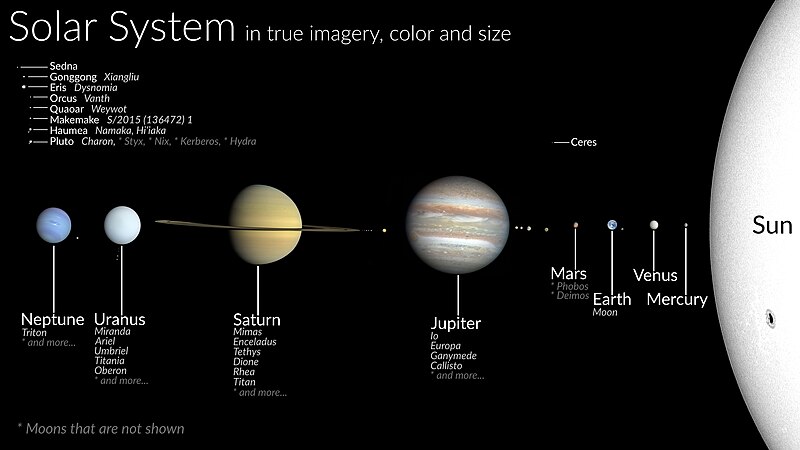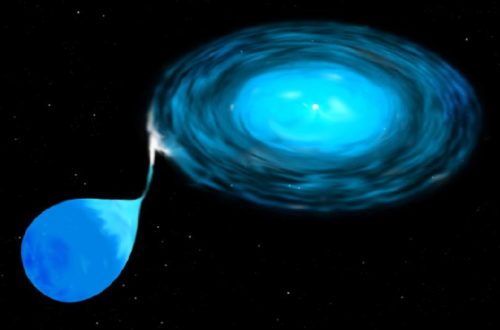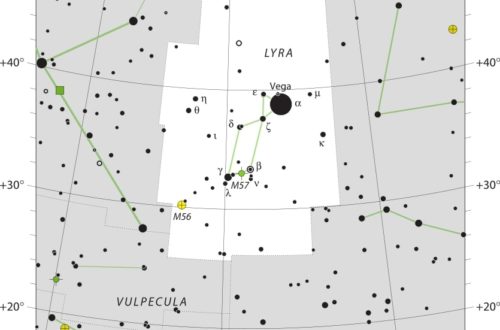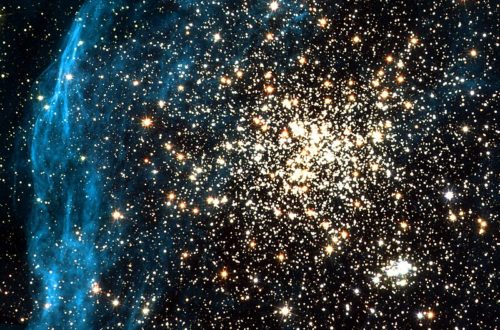What Separates the Inner and Outer Solar System?

The solar system, with its mesmerizing array of planets, moons, and other celestial bodies, is a vast and captivating expanse. Within this expansive system, we can discern a clear distinction between the inner and outer solar system. While the outer solar system showcases gas giants and icy dwarf planets, the inner solar system showcases rocky planets and other smaller bodies. The inner and outer solar system are separated by the main asteroid belt. Let’s delve deeper into what separates these two realms and what makes each so unique.
The Inner Solar System: Home to the Rocky Terrestrial Planets
The inner solar system is relatively close to the Sun and is predominantly occupied by four rocky terrestrial planets: Mercury, Venus, Earth, and Mars. Each of these planets has distinct characteristics that set them apart.
- Mercury: Is the closest planet to the Sun and is characterized by extreme temperatures due to its proximity to the solar furnace. It is a small and rocky planet with a limited atmosphere. Its surface exhibits an extensive cratering pattern, suggesting a history of intense bombardment.
- Venus: Known for its vibrant and dense atmosphere, Venus is enveloped in a thick layer of carbon dioxide with clouds of sulfuric acid. It experiences a runaway greenhouse effect, leading to surface temperatures hot enough to melt lead. Venus also has a volcanic terrain, with numerous volcanoes and lava flows.
- Earth: Our home planet, Earth, possesses a diverse ecosystem and supports a wide array of life forms. It boasts a life-sustaining atmosphere, mild temperatures, and abundant liquid water — essential ingredients for the existence of life as we know it. Earth’s dynamic surface, with its continents, oceans, and ever-changing climate, make it a distinct and vibrant place in the solar system.
- Mars: Often referred to as the “Red Planet” due to its rusty appearance, Mars captivates scientists with its potential for supporting past or present microbial life. With its polar ice caps, ancient riverbeds, and evidence of liquid water in the past, Mars is a planet of great interest for future exploration and potential colonization.
The Outer Solar System: Dominated by Gas Giants and Icy Dwarf Planets
As we move farther away from the Sun, we encounter the outer solar system, where gas giants and icy dwarf planets prevail. This region hosts vast distances, frigid temperatures, and a variety of interesting celestial bodies.
- Jupiter: The largest planet in our solar system, Jupiter is composed mainly of hydrogen and helium. Its iconic swirling clouds and the mesmerizing Great Red Spot make it a true spectacle. Jupiter has a retinue of dozens of moons, including the four Galilean moons — Io, Europa, Ganymede, and Callisto — each with its distinctive features.
- Saturn: Known for its stunning ring system, Saturn is a gas giant with exquisite beauty. The rings, comprising countless particles of rock and ice, encircle its equator, making it an object of fascination for astronomers and space enthusiasts alike. Saturn also boasts numerous moons, with Titan being the most fascinating due to its thick atmosphere and organic molecules.
- Uranus: Distinctive for its sideways orientation, Uranus possesses an icy composition. This gas giant has a pale blue color due to methane in its atmosphere. Uranus has several rings but lacks the prominent feature of Saturn’s magnificent rings. It also has a retinue of moons, with Titania and Oberon being the largest.
- Neptune: Furthest from the Sun, Neptune is another ice giant in our outer solar system. It exhibits striking blue hues due to the presence of methane gas. Neptune’s tumultuous atmosphere, marked by striking storms and the Great Dark Spot, reveals its dynamic nature. It also has a collection of fascinating moons, including Triton, a unique world with cryovolcanoes and a retrograde orbit.
Beyond the gas giants, we encounter icy dwarf planets such as Pluto, Eris, Haumea, and Makemake, along with a multitude of smaller bodies residing in the Kuiper belt and Oort cloud.
Bridging the Gap and Unlocking Mysteries
The distinction between the inner and outer solar system goes beyond the compositional differences of their celestial bodies. It also encompasses a contrast in environmental conditions, atmospheric compositions, and scientific exploration prospects. Understanding these disparities allows us to appreciate the vastness and diversity of our solar system, sparking curiosity and inspiring further exploration.
As humans, we continue to push the boundaries of knowledge and stretch our reach towards the outer regions of the solar system and beyond. From ongoing missions such as NASA’s Voyager and New Horizons to upcoming endeavors like the Europa Clipper, we are gradually uncovering the mysteries and marvels of both the inner and outer solar system, deepening our understanding of our celestial neighborhood.
So, whether we gaze at the radiant inner planets or ponder the enigmatic giants in the outer solar system, we are reminded of the awe-inspiring beauty and complexity that surrounds us, making us ever more eager to uncover the secrets that lie beyond.
Would you like to receive similar articles by email?





